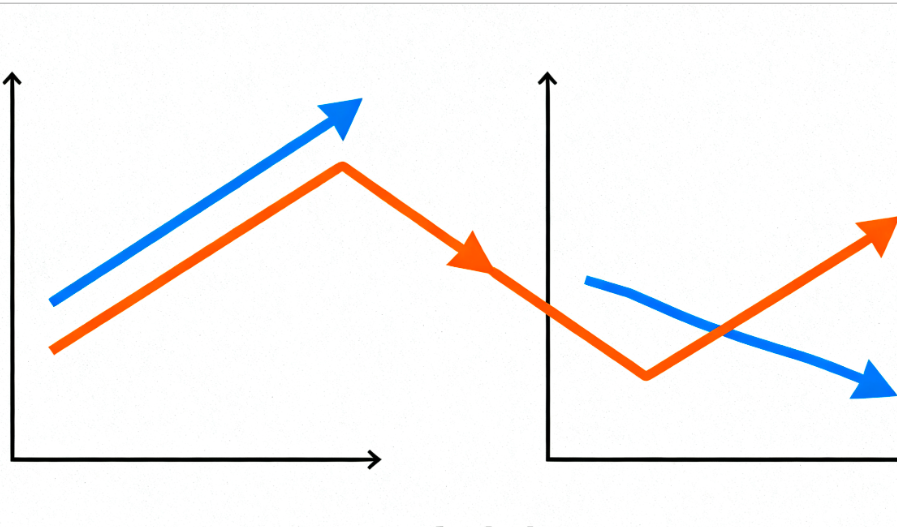
Taking a Long-Term View and Acting Accordingly: Public and Private Funds Strategize Before Moving in Q4
Entering the fourth quarter, should they stick to the technology sector or opt for a balanced allocation? Should they take profits or actively seek opportunities and increase positions during market dips? Public and private funds are facing critical investment decisions.
Interviews with several public and private fund managers by a Shanghai Securities News reporter revealed that, amid uncertainties, adopting a long-term perspective and acting prudently after careful planning have become their consensus. Data shows that as of October 12, the positions of actively managed public equity funds remained high at 90%, and the issuance of equity funds continued to recover. Meanwhile, several billion-dollar private funds are also actively seeking opportunities, with the number of newly registered private funds exceeding 1,000 for two consecutive months.
From the perspective of public and private institutions, although external disruptions have reemerged, the development trends of China's advantageous industries such as technology and innovative pharmaceuticals remain unchanged, as do the trends of foreign capital reallocation and household assets entering the market. Moving forward, the focus should be on a balanced allocation that emphasizes both performance certainty and growth potential, with particular attention to opportunities in sectors like technology, innovative pharmaceuticals, and non-ferrous metals.
"Overseas news may cause short-term disruptions in the domestic equity market. However, from a medium-term perspective, against the backdrop of China's stable economic fundamentals and the Federal Reserve entering an interest rate cut cycle, incremental funds flowing into China's equity market remain promising." This view from Jinying Fund is quite representative among public and private institutions.
Ai Xiongfeng, Chief Macro Strategy Researcher at Hongyi Yuanfang Fund, analyzed in an interview with Shanghai Securities News that amid global trade uncertainties, market risk appetite has cooled. However, the阶段性 slowdown in market momentum has not altered the core drivers of the market's underlying strength—namely, recovering confidence, ample liquidity, and expectations of a bottoming-out in fundamentals.
Bao Xiaohui, Chairman of Changli Asset, also told Shanghai Securities News that from the perspective of core driving logic, against the backdrop of gradually declining risk-free interest rates, strengthening expectations of a weaker U.S. dollar, and the rapid development of China's competitive industries showcasing global competitiveness, the foundation for A-shares' medium- to long-term upward trend remains intact, and structural market trends are expected to continue. Therefore, although external disruptions may cause repeated fluctuations in the indices in the short term, the market will eventually return to a relatively rational phase.
A top-performing fund manager in Shanghai told Shanghai Securities News that, bolstered by market confidence, there is no need to be overly concerned about short-term volatility, as it may present a good opportunity to buy the dip.
















